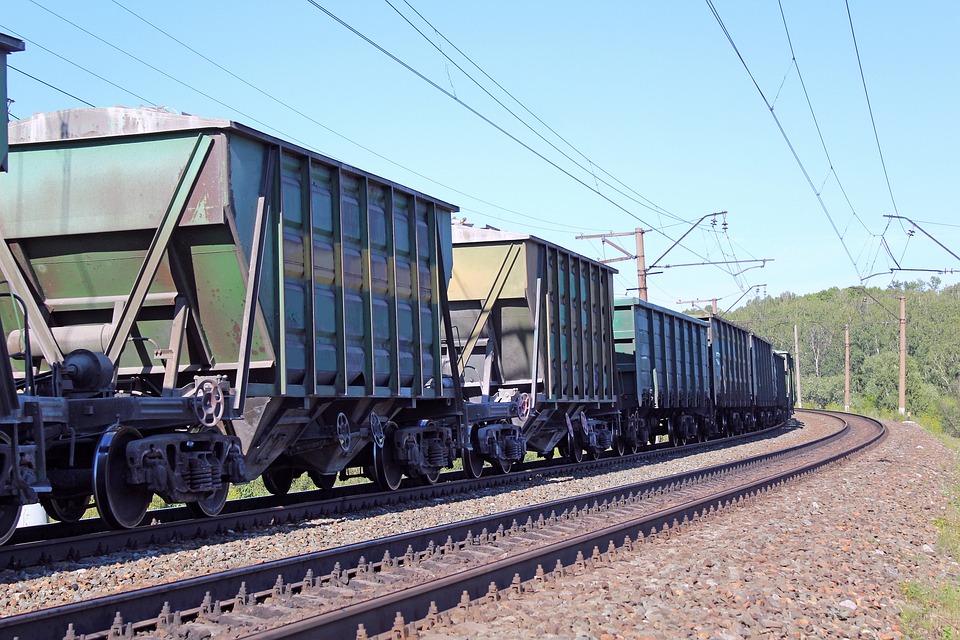There are seven types of railcars: Autorack, Gondola, Boxcar, Flatcar, Tank Car, Covered Hopper, and Open-Top Hopper*. Lean and Six Sigma aid in improving quality and reducing wastes in the railcar industry. We’ll look at two applications: one from South Africa and another from the United States. Then we’ll finish with a short video on building the next-generation railcar.
*Source: https://dovermei.com/7-types-of-rail-cars-and-their-uses/
Lean Six Sigma Applied to Railcar Assembly: South Africa
In a paper titled “Application of Lean Six Sigma methodology using DMAIC approach for the improvement of bogie assembly process in the railcar industry” authors Ilesanmi Daniyan and others discuss the use of Lean Six Sigma for process improvement of the railcar bogie assembly process.
NOTE: A bogie is a structure underneath a railway vehicle body to which axles and wheels are attached through bearings.
The paper includes:
- Assembly Operation Flow Diagram
- Assembly Operation of Railcar Bogie: Operations and Timing
- Value and Non-Value Added Time of Operations
- Current Operations Value Stream Map
- Pareto Analysis of Process Cycle Efficiency (PCE): Current Assembly Operations
- Cause and Effect Diagram: Decrease in PCE and Increase in Lead Time
- Improved Value Stream Map with Improvement Point
- Future Value and Non-Value Added Time of Operations
- Initial and Final Value Added and Non-Value Added Times by Sequence of Operations
- Future Value Stream Map
Final results include:
- 8% improvement in the efficiency of the assembly process cycle
- 9% reduction in lead time
- 3% increase in value-added time
- 9% reduction in non-value-added time
You can read the paper here.
Applying Lean Manufacturing Methods to Railcar Inspection: United States
In a case study titled “Reducing Network Costs Through Improved Vehicle Maintenance: A Lean Production Approach,” authors Bryan Schlake, Christopher P.L. Barkan, and J. Riley Edwards discuss the application of Lean Manufacturing methods to the railcar maintenance and inspection process.
This case study of railcar inspection processes focuses on Type I and Type II wastes.
- Type I: Inherent But Unavoidable Waste
- Type II: Immediately Avoidable Waste
The case study includes:
- Comparison of Inspection Systems
- Average Train Inspection Times by Train Type
- Inspection Costs: Manual and Hybridized Machine- Search Human Decision
Case Study Results: “… a hybridized machine-search human decision inspection process is approximately nine times more efficient, in terms of labor costs, than pure manual inspection.”
You can read the case study here.
Building the Next Generation Railcar
Take a brief look at the building of the next-generation railcar in this video from Greenbrier Industries.
You can watch the video here.







Leave A Comment